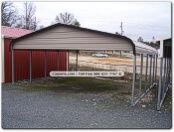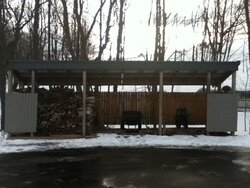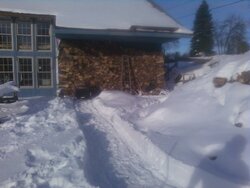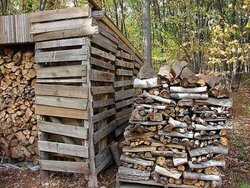muncybob
Minister of Fire
This is basically what I did for my deck footers, except I used the pre shaped cylinders(sono tube?) placed into my holes to pour the concrete into.
http://www.hammerzone.com/archives/decks/oldporch/found/footing.htm
We hand dug down about 40"...a gas powered post hole digger would be easier and quicker.
I plan to do basically the same for the shed...I'm told it's overkill for a shed as a buddy is trying to talk me into just setting the posts directly into the ground. I just don't want to risk rotting posts in 15 years or so.
http://www.hammerzone.com/archives/decks/oldporch/found/footing.htm
We hand dug down about 40"...a gas powered post hole digger would be easier and quicker.
I plan to do basically the same for the shed...I'm told it's overkill for a shed as a buddy is trying to talk me into just setting the posts directly into the ground. I just don't want to risk rotting posts in 15 years or so.



 John_M
John_M

